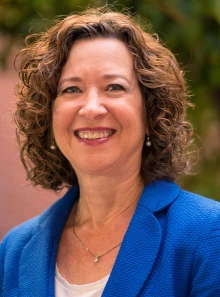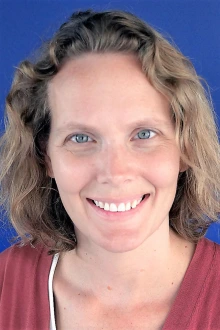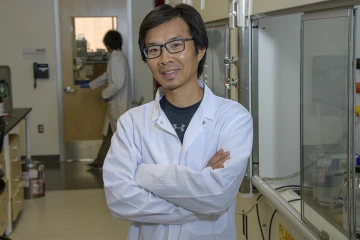Making Science More Accessible
By considering the general public a key audience, researchers can generate more enthusiasm, trust and funding for science.

When a reporter calls, researchers can be ready to share their science with a few simple tips for effective communication.
Talking to the media is one of the best ways researchers can communicate the importance of what they do to the general public, but some scientists are apprehensive of the media, wary their work could get oversimplified or misrepresented, or just uneasy about how to do it.

Judith Gordon, PhD
“Working with the media is really rewarding,” said Judith Gordon, PhD, associate dean of research for the College of Nursing. “Once you start, you discover how pleasant an experience it is. It ends up being really fun.”
Building trust
Many researchers with media experience say they feel obligated not to keep their science sequestered in laboratories and medical journals, and see communication with the public as vital to their overall goal to improve human health and potential.

Janko Nikolich-Žugich, MD, PhD
Many Health Sciences researchers point out that when people don’t understand or trust science, they are less likely to support funding for research or follow the guidance of scientists.
One way to build trust is to talk about the scientific process so people can develop more realistic ideas of what science can and cannot do.
“It’s very important to let people know about the process from discovery to getting a technology into their hands, to manage expectations, to know that sometimes it takes time to get there,” said Frederic Zenhausern, PhD, MBA, professor at the University of Arizona College of Medicine – Phoenix. “Otherwise, people think you will cure cancer tomorrow.”
Collaborating with communicators

Kacey Ernst, PhD, MPH
All colleges, and many centers and departments, have dedicated communicators who are ready to support faculty to achieve successful interactions with the media.
“I would encourage faculty to reach out to the resources in their college to help them figure out how to spread the word about the great work they’re doing,” Dr. Gordon said. “The media is the conduit through which we reach the general public.”
Communicators also can help faculty field interview requests from the media. In May, Mel and Enid Zuckerman College of Public Health Professor Kacey Ernst, PhD, MPH, and Associate Professor Paloma Beamer, PhD, wrote a piece for The Conversation that offered guidance to people concerned about air travel during the pandemic. It became the first article for The Conversation penned by UArizona faculty to surpass 1 million page views, and the authors relied on their college communicator, Shipherd Reed, MA, in the resulting flurry of media attention.
“Paloma did a ton of interviews. Shipherd really helped her navigate them,” Dr. Ernst said.

Click infographic to open full-size, printable PDF in a new window.
Click infographic to open full-size, printable PDF in a new window.
Many reporters aim to keep their writing at an eighth-grade reading level, which makes it crucial for scientists to convey important points in easy-to-understand language. A communicator coaching a scientist on how to do an effective interview will help figure out how to make key points accessible.

Jun Wang, PhD
Many scientists worry about oversimplifying their work, but distilling key concepts into simple and straightforward bullet points can help clarify the message. Repeating important messages can also help reporters understand what to emphasize.
“Keep your points to a minimum, maybe three to four points, max, that you reiterate,” Dr. Ernst said.
Making simple and clear points is also a way to counter misinformation, such as fears surrounding vaccination or conspiracy theories about COVID-19.
“Part of my responsibility is to convince as many people as possible that science is real,” said Dr. Wang.
“It’s our duty as scientists to convey information to the public that they can use to make better decisions, because the people who spread misinformation are more than happy to get in front of a camera to grab that mic,” Dr. Ernst added. “If you don’t get out in front of it really quickly, pseudoscience can get really entrenched.”

